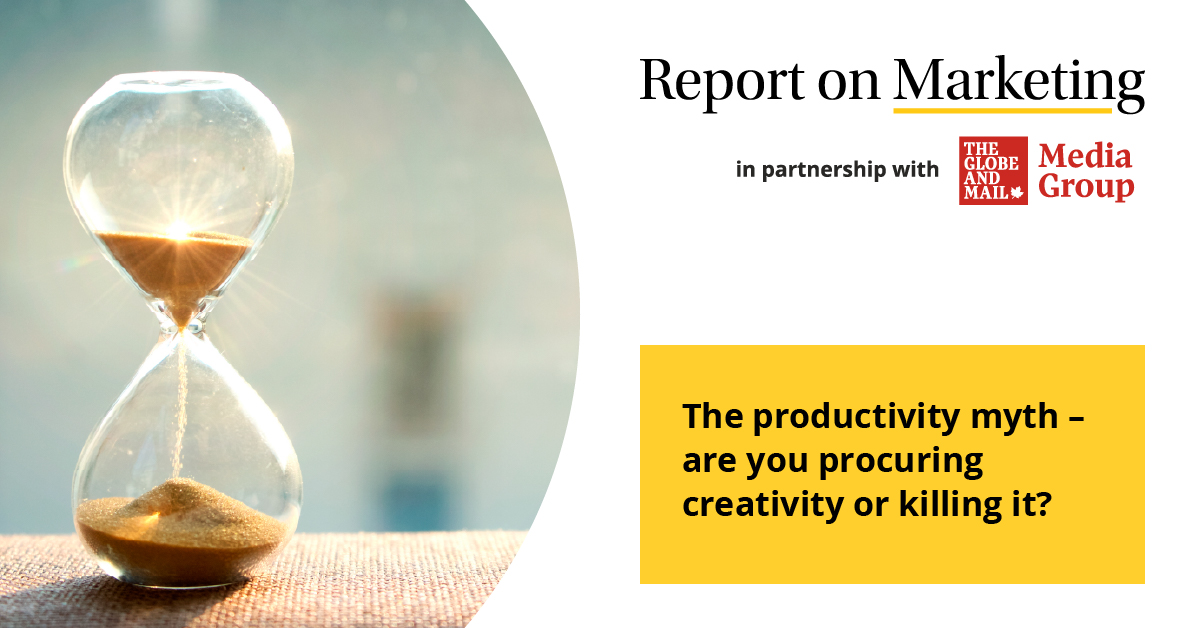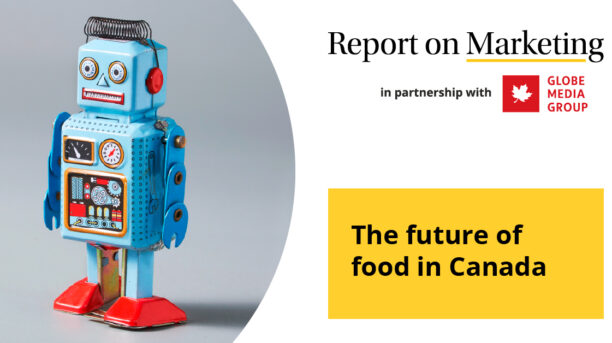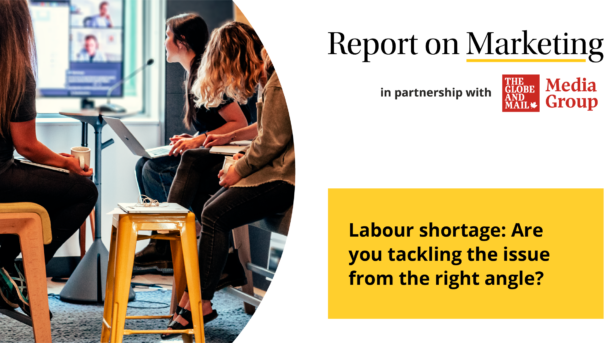Marketing procurement professionals could make important changes in how they invest in the services of creative thinkers, says Leah Power, EVP, Strategic Operations Consultant, Institute of Canadian Agencies (ICA).
On season outside, off season inside. Cycling is a constant in my life.
Cyclists ride what we call “eyeballs out” all the time. Go faster, lay down more watts, throw down the hammer, climb higher and steeper. More miles, faster. There’s a saying that cycling never gets easier, you just get faster. Every cycling session has to be productive.
But, then, one off season a cycling friend of mine enrolled in a study with the University of Toronto that tested the theory “ride slower, to ride faster.” What? As I just explained, cyclists don’t tend to ride that way. I had to find out more about this, in my quest to ride faster I had to know if this was right.
So I did a little of my own research. Study after study proved that when 80% of a cyclist’s workout sessions were done at a slow pace – breathing a bit heavy but able to speak (we call this zone two) – the gains in speed and watts during the other 20% of the sessions were exponential. In fact, coaches all over the world – coaching way better athletes than me – structure their workouts around slow riding and rest. We have a term for these so-called unproductive sessions – “junk miles.”
Advertising’s productivity myth
This insight from the cycling world led me to think about what I’m calling “The Productivity Myth.” Cyclists hellbent on being productive were instead crashing down a path to burnout.
And guess what the advertising and marketing industry is dealing with right now? A lack of engagement and higher turnover of talent because of this thing called burnout. A recent survey found that 83% of marketing and communications professionals reported burnout, the highest of any job function surveyed.
Productivity is a measure of efficiency of a person completing a task. That is, how much can a person get done and how quickly. How many boxes can they tick in a day. Simply put, in the pursuit of productivity things must have obvious and immediate utility.
However, there’s a tension here when it comes to building cultures of innovation that are important in advertising and marketing. A culture that will not tolerate waste cannot innovate and is left vulnerable to younger, more chaotic, and innovative competition.
The philosophy of slow productivity
You might think that I am against productivity. That couldn’t be further from the truth. I look at the world through an operations mindset, we need to tick boxes and get things done. But if we’re not making the space to foster innovation and creativity, then we’re entering the land of diminishing returns, and burnout.
Enter Cal Newport’s philosophy of slow productivity. The idea that we need our knowledge workers to focus on fewer but more substantial tasks or projects – the outcomes and the outputs perhaps? Minimizing the time spent on actions that have no value.
In this scenario do we really need to promote a culture of extreme responsiveness? Do emails, for example, really require constant checking and responding? Consider instead how batching tasks can provide knowledge workers with the space to think and create.
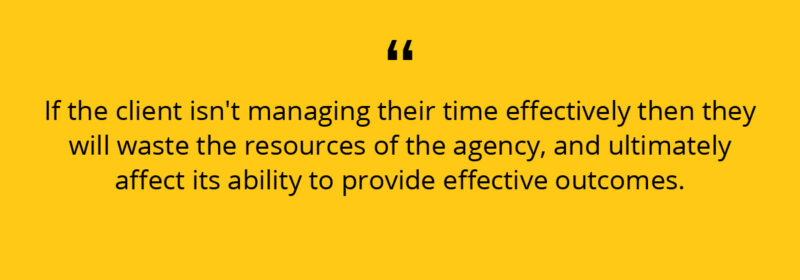
For example, with email, set an auto reply stating that you respond to emails at a certain time each day, and that if someone has a time sensitive issue they should text or call. Meetings can also be batched, and should only be held to make decisions about a predefined situation, not to define the problem. Only meetings with a clear agenda, topics and questions that need to be addressed, should be attended.
Also consider how this mindset filters down from client to agency. If the client isn’t managing their time effectively then they will waste the resources of the agency, and ultimately affect its ability to provide effective outcomes.
What this means for marketing procurement
But why should procurement professionals, tasked with sourcing marketing services, care about how they buy creativity and innovation? Because research from McKinsey showed that 67 per cent of creative marketing leaders were responsible for above-average organic revenue growth, 70 per cent delivered higher total return to shareholders, and 74 per cent above-average net enterprise value.
Fostering creativity delivers great results, then. But how to do this within the marketing organization and agency? Creating a contract that applies the optimal levels of constraint and a clear order of where money should be invested is a great starting point.
Define appropriate levels of training for agency team members members and ask for details, not just the amount that’s been budgeted (review the agency’s training history as a predictor of future behaviour). Specify outputs and outcomes, and agree on KPIs that determine if these have been delivered. Identify what testing means and how much is to be done.
Build into the contract expectations of operation consistent with the brand’s values, and ensure that value creation (innovation and ideation) versus cost savings (commoditization) has been defined and clearly communicated to the agency.
The contract should mitigate risk, for sure, but equally it should create an environment where the marketing and agency teams can forge a relationship based on trust and in turn produce better financial results. Many procurement and marketing teams often have opposable goals leading to an adversarial environment, with the agency stuck in the middle. A contract based on more than just rules and safeguards can be a tool that achieves alignment and a foundation for creating great work that works.
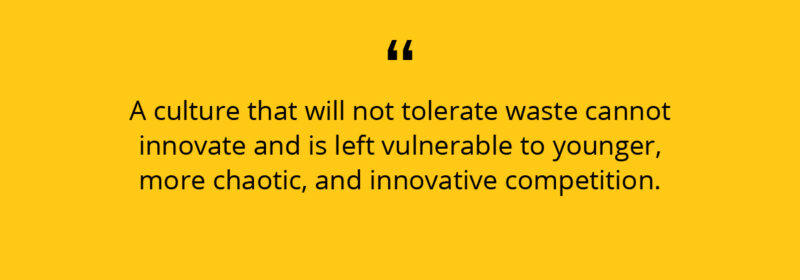
To achieve this, ask the innovators themselves about how to structure working agreements and scope to achieve the best ideas and innovation. Returning to the vital issue of productivity and burnout, identify with them a sustainable work level that will deliver creative thinking.
Above all, this requires a balanced approach. Ensure that there is space for the strategic, long-term, outcomes-based work, alongside the more tactical, short-term, and outputs-based activity. In short, ride slower to ride faster.
The Institute of Canadian Agencies aims to positively shape the business environment so that agencies can THRIVE. Working to Amplify, Protect and Transform our members, their people and our industry. The Report on Marketing provides a valuable source of thought leadership for Canadian marketers to draw inspiration from. Find more articles like this at the Report on Marketing.

